MEET THE ASCLEPIAS PERENNIAL FAMILY!!!! FULL SUN PLANTS!!!!!!!
Milkweed, any asclepias, (ahs-kleep’-ee-us) is the ONLY plant monarchs will lay their eggs on.
Milkweed is the ONLY plant monarch caterpillars eat!!
Monarch butterflies will go to many other flowers and milkweed for food.(list on youtube video)
Always remember, all milkweeds have caustic, white sticky sap. Do not touch milkweed and then rub your eyes. Solve that problem by always wearing gardening gloves. Because of the sap, deer and bunnies Usually don’t eat them!
COMMON MILKWEED (asclepias syriaca)- up to 4′ tall or more
This milkweed is rather invasive, traveling by runners, and is best for big acreage. The pink flowers hang in big round “flower balls” or umbels. Very fragrant. Leaves are big.
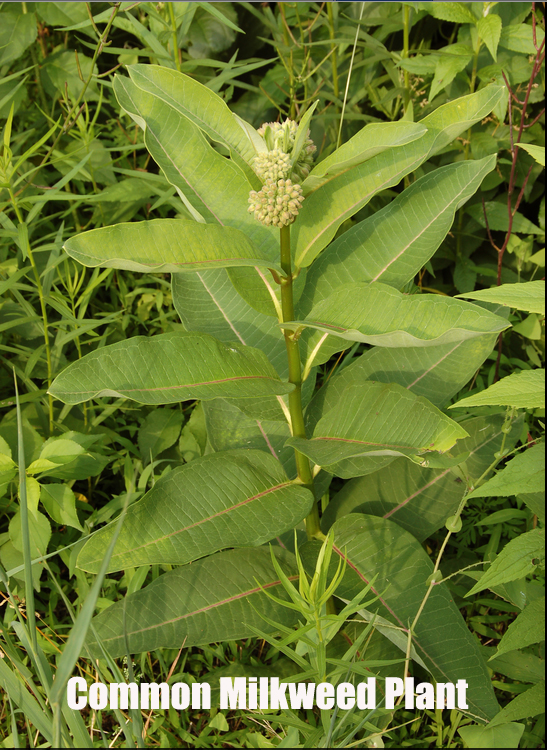
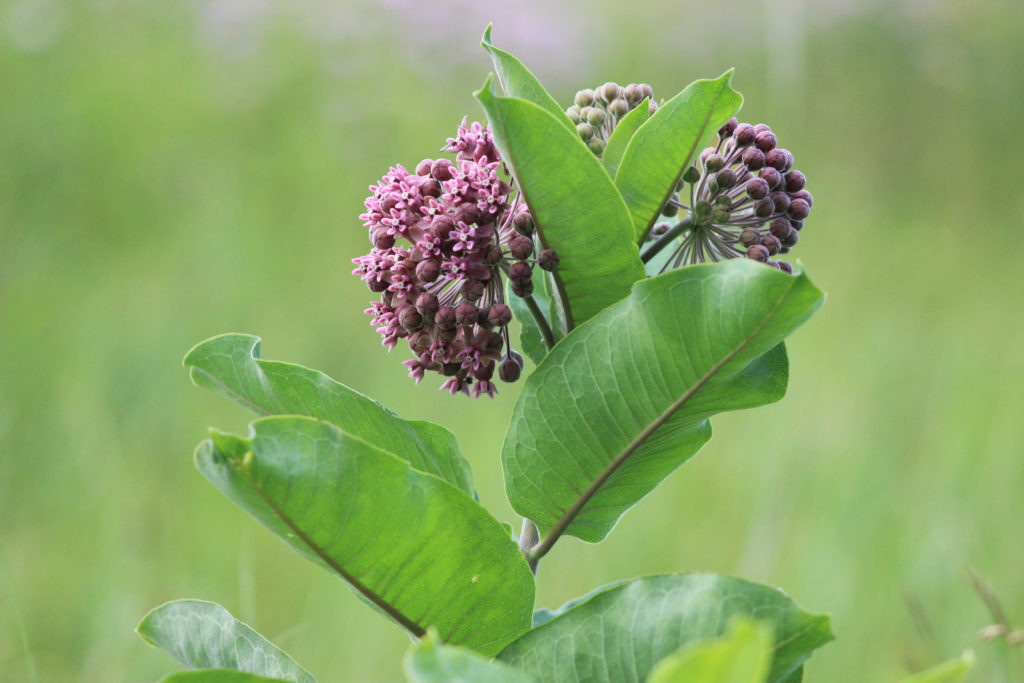
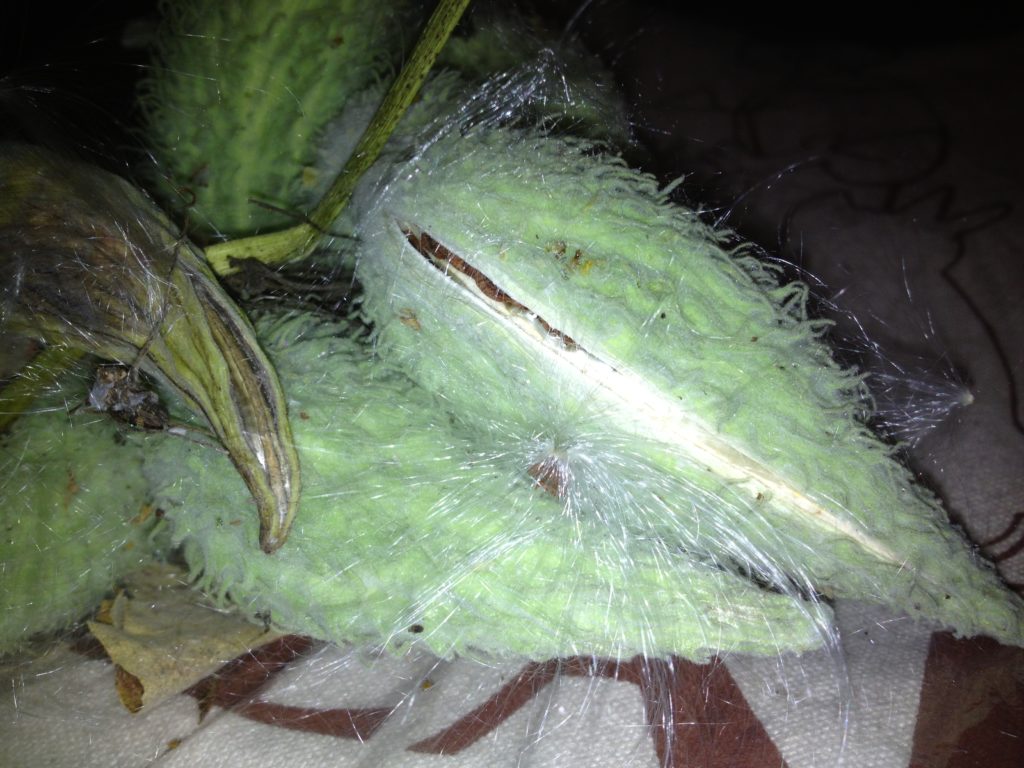
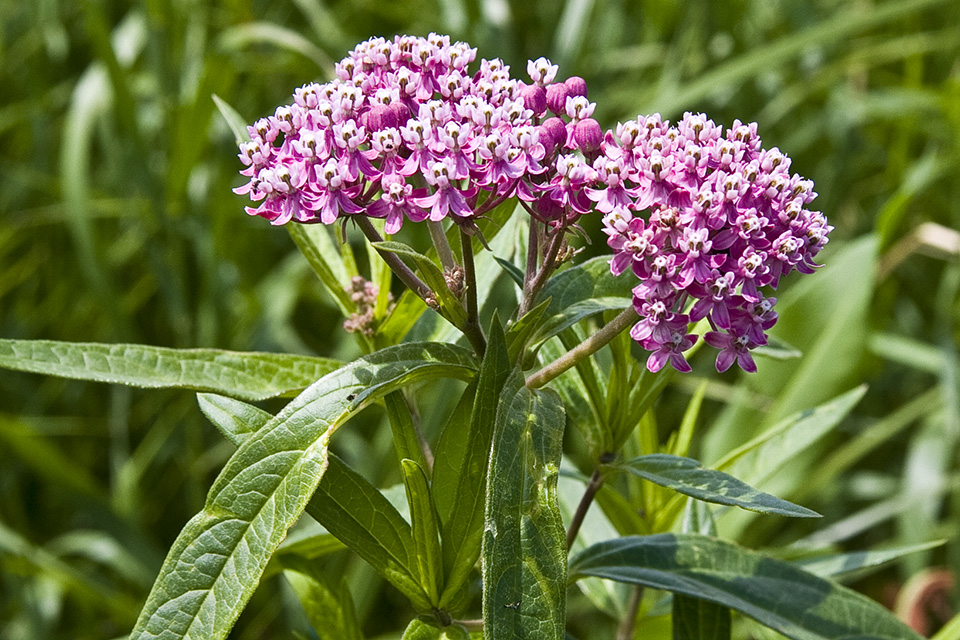
SWAMP MILKWEED (asclepias incarnata) 3′ tall. Pink flowers in clusters. This plant will tolerate damp soil and is often listed as a Rain Garden flower. Several of my swamp milkweeds actually grow in soil I’ve created on top of gravel so obviously this plant can tolerate easy- draining soil and does not have to stay damp.
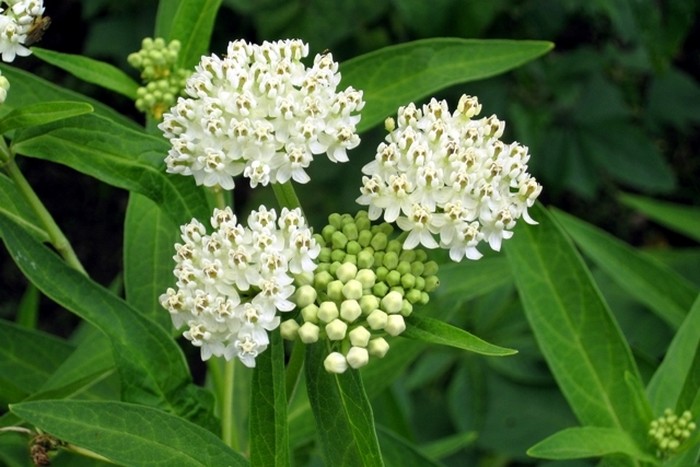
ICE BALLET SWAMP MILKWEED (asclepias incarnata Ice Ballet) 3′ tall. Pure white clusters. This plant tolerates the same conditions as its pink sister.
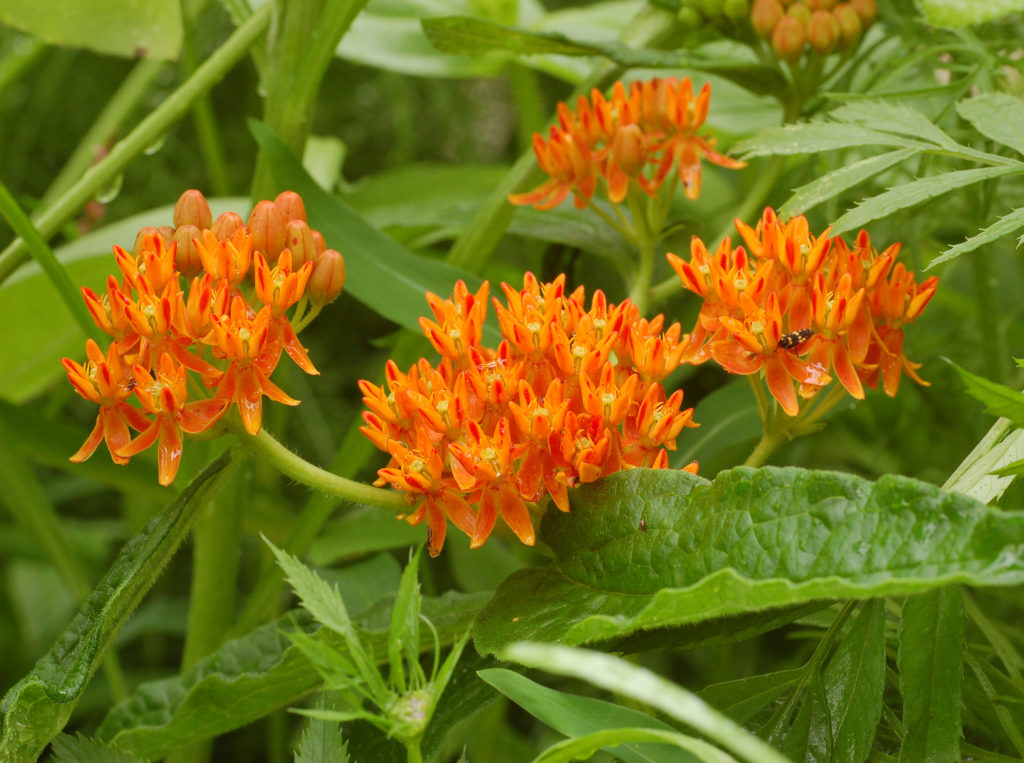
BUTTERFLY WEED (asclepias tuberosa) 2′-3′ tall. Bright orange flowers. This plant comes up later than most perennials so be sure to put lots of stakes around it so you remember where it is. I speak from experience! The leaves are darker green, smaller than most milkweeds and stiffer. I originally thought caterpillars would not like it. Watch my video and see me find two “cats” on the butterfly weed. I’ve decided that monarchs like all milkweeds pretty much equally. She’ll take what she can find!
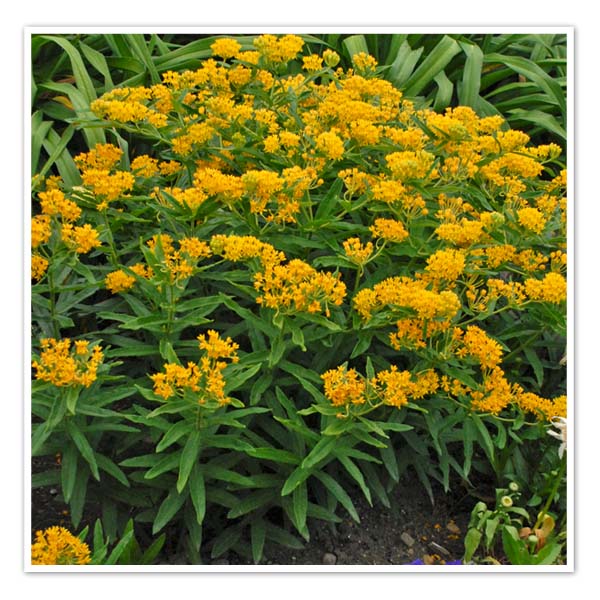
“HELLO YELLOW” BUTTERFLY WEED (asclepias tuberosa Hello Yellow) 2′-3′ tall. Bright yellow flowers. This plant is the same-emerges late in the spring-as the orange butterfly weed, except it is the most Spectacular yellow color.
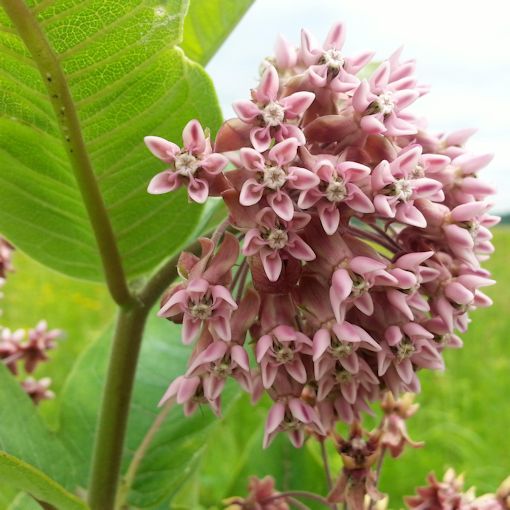
PRAIRIE MILKWEED/SULLIVANT’S MILKWEED(asclepias sullivantii)3′ tall. Pink and fragrant. This is the little brother of Common Milkweed. It is far less aggressive and might be more suitable to garden settings. Tolerates damp or drought.
I have heard it will tolerate shade. I have had this plant for about 12 years and I was so terrified it would be aggressive that I put it in my deepest shade. It still comes up every year, blooms, and is a single stalk!
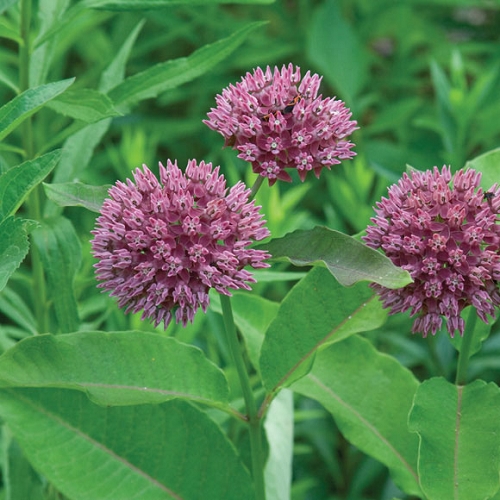
PURPLE MILKWEED (asclepias purpurascens) 2′-3′ tall. This a beautifully colored rose-pink flower in smaller flower heads than Common. I Love the color!!
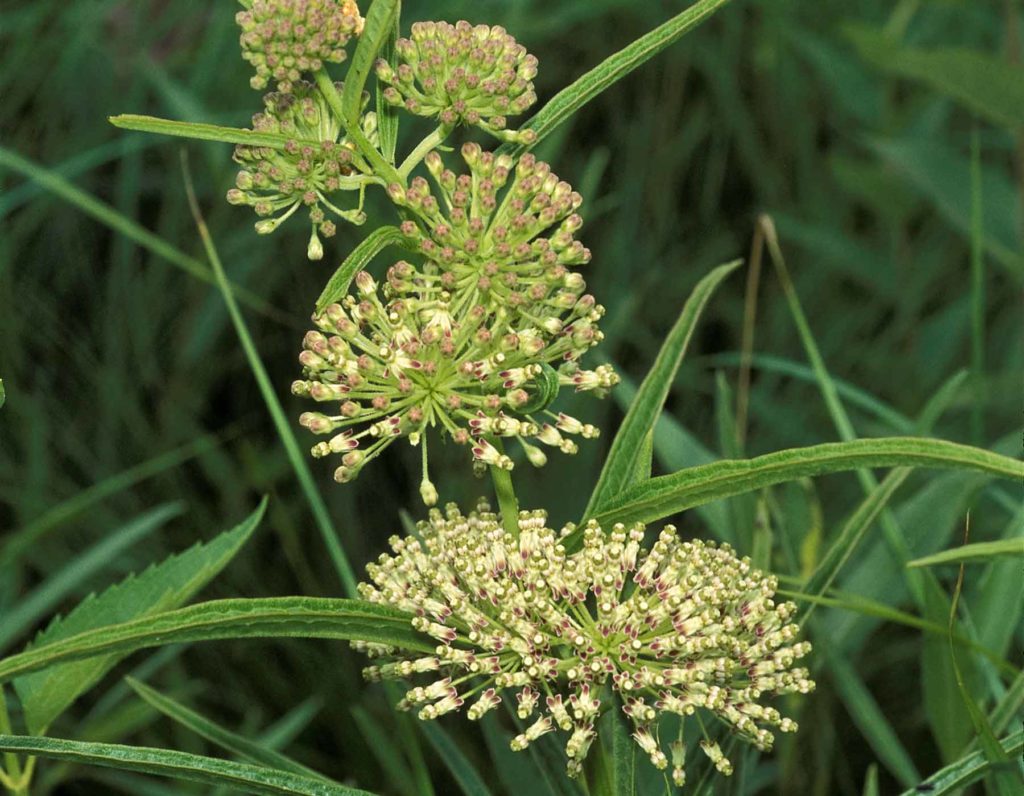
TALL GREEN MILKWEED (asclepias hirtella) 2′-3′ tall. This plant is quite striking with green/white flowers. It is said that each umbel has up to 100 flowers! Who counts that kind of stuff.
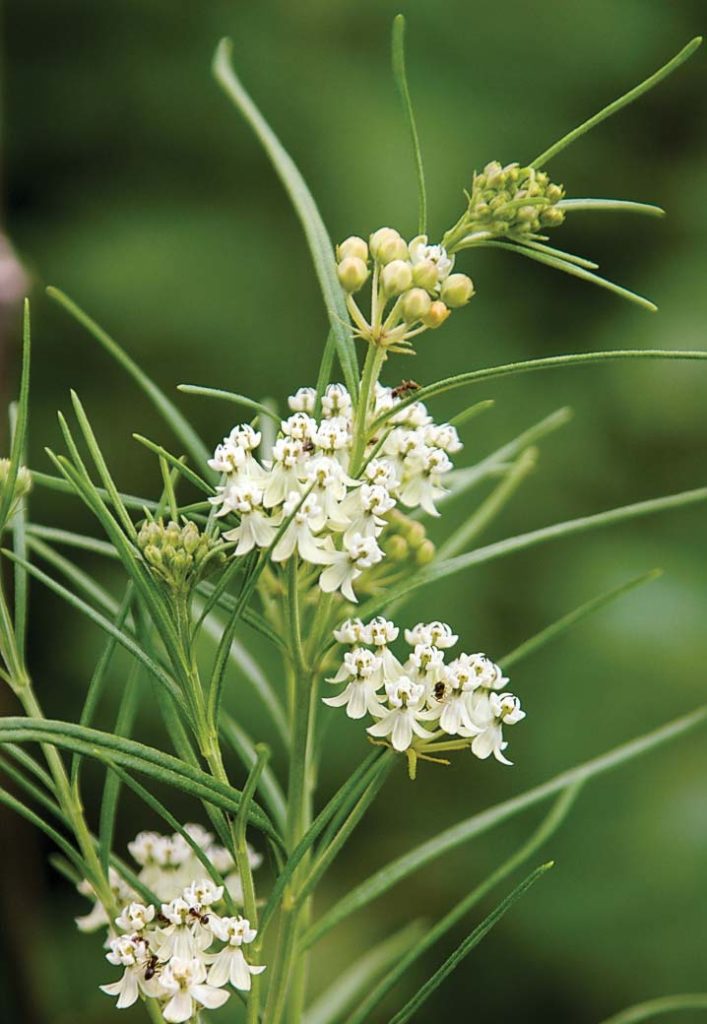
NARROW LEAF MILKWEED (asclepias fascicularis) 1′-2′ tall. This plant looks rather different from the other milkweeds. It has white flowers that go up a single stem. This is a shorter plant that is not showy.
MEET THE ASCLEPIAS ANNUAL FAMILY
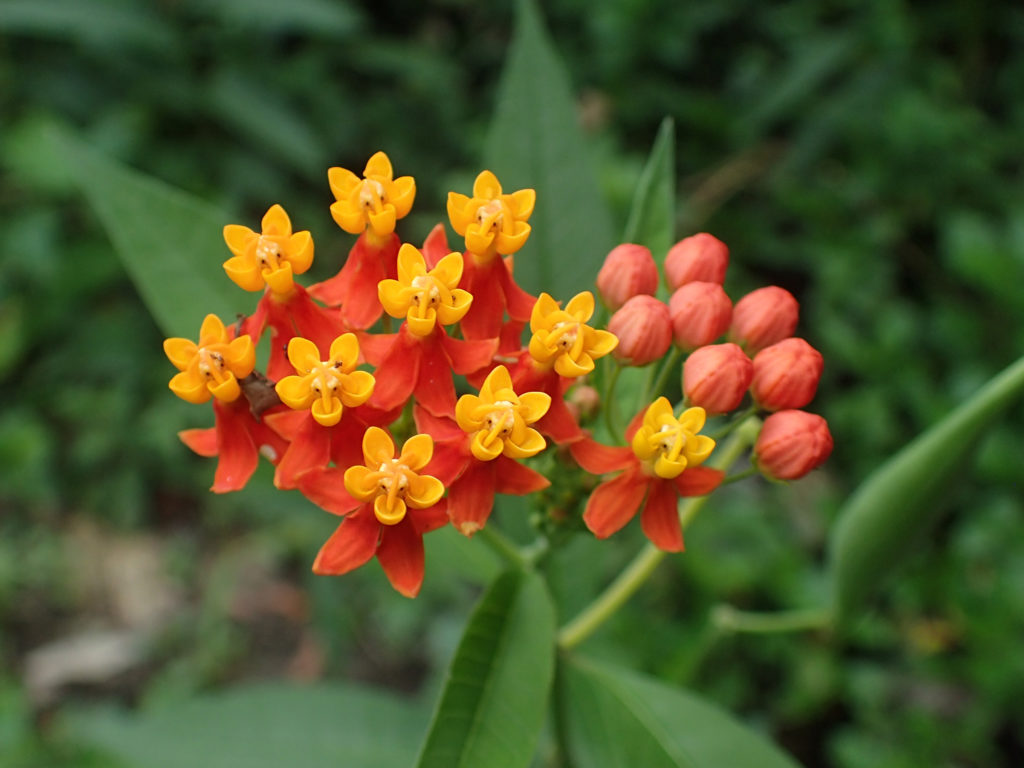
TROPICAL MILKWEED (Asclepias curassavica) 24″-3′ tall. Zones 9-11. It is good to start this plant inside so it has a bit of growth on it by the time you transplant it outside. It is fabulously bright 3 colored orange-I love to bring the flowers in and put them in teeny vases. The caterpillars adore this plant and if you are raising and releasing butterflies you will appreciate how fast this plant regrows so you always have a fresh supply of milkweed for your caterpillars. If you live in Florida or California, be sure to cut this plant down once a year and start a new one. Some monarch experts are worried about these plants building up big concentrations of the OE virus that can harm monarchs. Dr. Jeffrey Glassberg’s solution (North American Butterfly Association) is to start new ones periodically. Watch for some of your seeds to produce bright almost pure yellow flowers-so pretty.
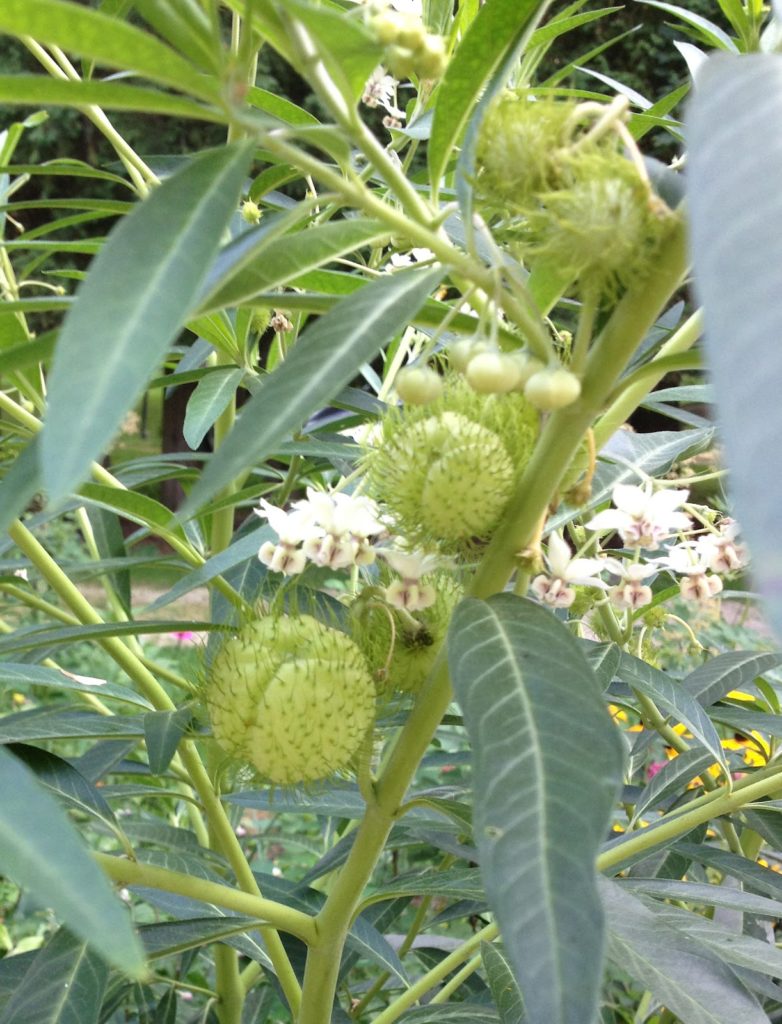
HAIRY BALLS (asclepias physocarpa) 4′-6′ tall. Zones 8-10 This Midwest annual needs to be started very early inside or it won’t flower before frost. I’ve also seen it in a pot and brought in for the winter. Fun idea. The flowers are not showy but Are quite interesting. The seeds are in big green stickery balls, hence the name. If you are a plant collector, you need this!